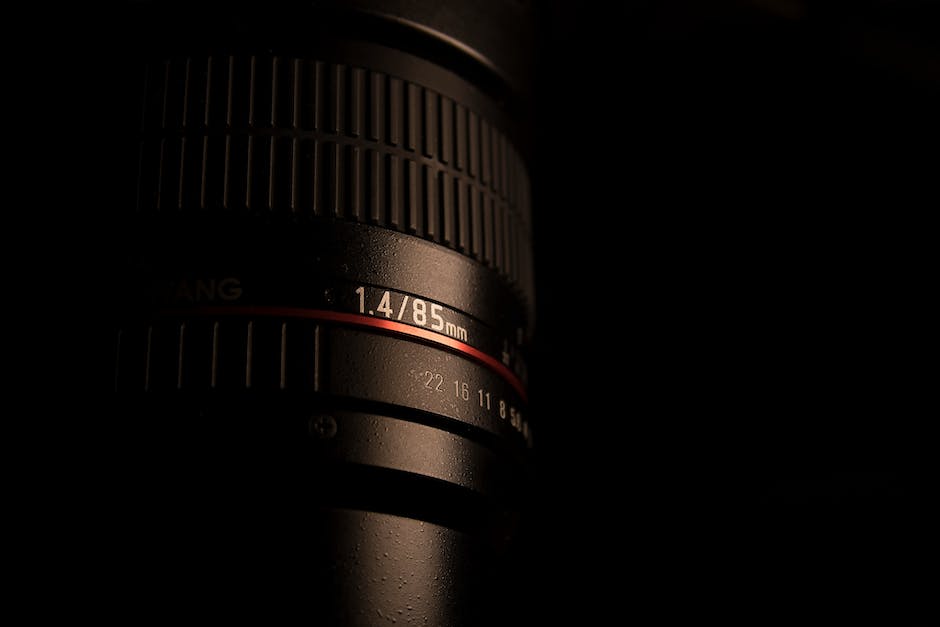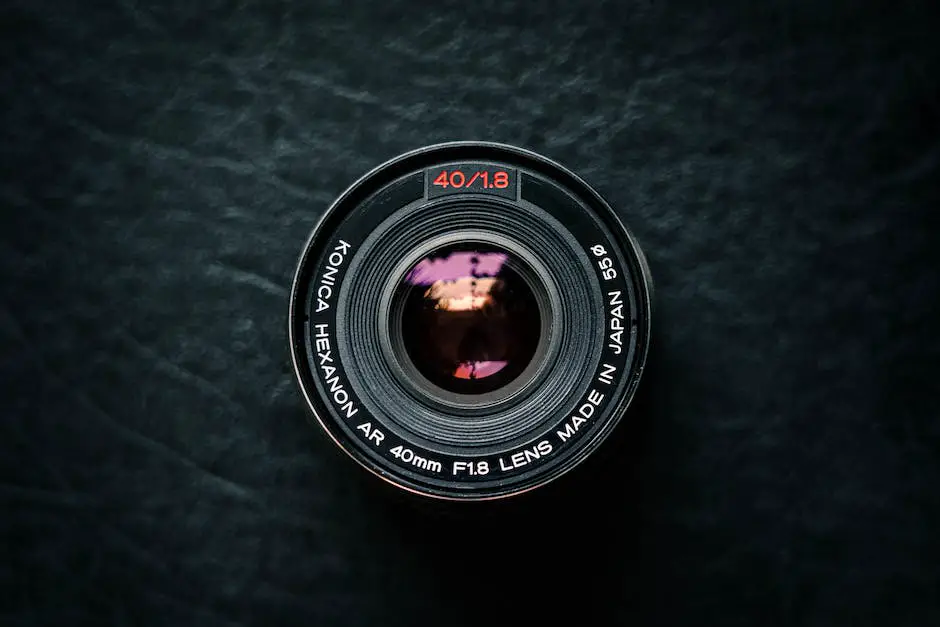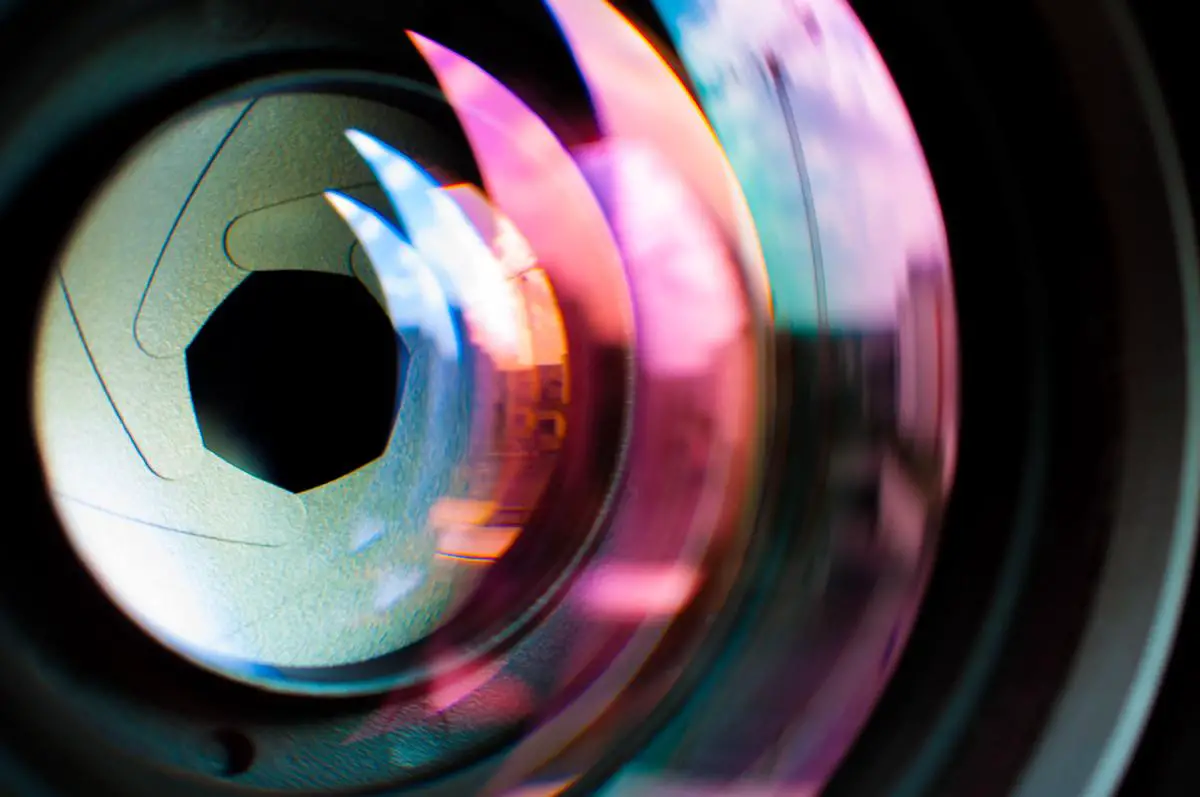In the world of photography, the ability to capture stunning images requires a fundamental understanding of various camera settings and techniques. One of the most critical elements to master is the f-stop, which plays a crucial role in exposure, depth of field, and overall composition. Dive into the depth of f-stop, its relationship with aperture, and its impact on your shots through different lighting situations, so you can choose the best f-stop settings for diverse types of photography and create compelling images that captivate viewers.
The Basics of F-Stop
Understanding F-Stop
F-stop, a crucial concept in photography, refers to the measurement of the aperture size of a camera lens. The aperture is the opening through which light passes and enters the camera, ultimately hitting the image sensor. The f-stop determines the amount of light that can pass through this opening, thus affecting the exposure and depth of field in an image. In addition, the f-stop impacts the sharpness and focus of a photograph, making it an essential aspect for photographers to understand and manipulate in their work.
F-Number and Its Impact on Photography
An f-number, often referred to as the aperture value or f-stop, represents the ratio of the focal length of the lens to the diameter of the aperture. This number is crucial in determining how wide or narrow the aperture opening is, with a lower f-number (e.g., f/1.8) indicating a larger opening and a higher f-number (e.g., f/16) corresponding to a smaller opening. As the f-number increases, the amount of light entering the camera decreases, resulting in images with a deeper depth of field and better focus. Conversely, a lower f-number yields a shallower depth of field and allows for greater control over which parts of the image are in focus.
Furthermore, the f-stop affects a lens’s ability to collect light, as lenses with wider apertures can gather more light, making them ideal for low-light situations and producing a brighter image. A lens’s aperture also impacts the shutter speed of the camera, as a wider aperture requires a faster shutter speed to achieve the correct exposure. Understanding the relationship between f-stop, aperture size, and the resulting impact on images is vital for photographers to create images with their desired depth of field, focus, and exposure.

F-Stop and Depth of Field
Mastering F-Stop for Better Photography
F-stop, or the aperture setting, is an essential aspect of photography that influences the sharpness, depth of field, and exposure levels in an image. Put simply, the f-stop determines the size of the aperture or the opening within a camera lens, through which light passes to the sensor or film. A smaller f-number (e.g., f/2) indicates a larger aperture, allowing more light to enter the camera, whereas a higher f-number (e.g., f/16) signifies a smaller aperture, letting in less light. Effectively adjusting the f-stop allows photographers to control not only the brightness of an image but also its depth of field, which refers to the extent of the scene in sharp focus.
By connecting the concepts mentioned in the first paragraph, such as the relationship between f-stop and aperture size, with adjusting the f-stop for desired outcomes in photography, this paragraph serves to empower photographers to confidently manipulate their camera settings to achieve optimal results, be it in terms of depth of field, focus, or exposure.
F-Stop and Depth of Field Relationship
The relationship between f-stop and depth of field is essential in the creation of compelling photographs. As a general rule, a smaller f-stop value (larger aperture) results in a shallow depth of field, meaning a small portion of the image will be in sharp focus while the rest appears blurred. This is commonly used in portrait photography, as it accentuates the subject by isolating it from the background. On the other hand, a larger f-stop value (smaller aperture) leads to a deeper depth of field, enabling more elements of the scene to be in focus simultaneously. This is especially useful in landscape photography, where capturing detailed foreground, mid-ground, and background elements is often desired.
The f-stop value is a crucial aspect of photography that, when adjusted in combination with other factors such as shutter speed and ISO, allows photographers to manipulate the depth of field and overall composition of an image. By mastering the balance between aperture size, exposure, and focus, creatives can convey ideas and emotions more effectively, engaging viewers and enhancing the overall impact of their photographs. The f-stop value, represented as a fraction (e.g., f/4 or f/16), controls the aperture setting and the amount of light entering the camera. Smaller f-stop numbers correspond to wider apertures, allowing more light to enter the camera, whereas larger f-stop numbers result in narrower apertures and less light entering the camera.

F-Stop in Different Lighting Situations
Understanding F-Stop in Different Lighting Situations
F-stop refers to the aperture setting in a camera lens, which controls how much light enters the camera. Aperture is directly related to a camera’s depth of field, determining how much of the image appears in-focus. F-stop is represented as a fraction (e.g., f/4 or f/16), with smaller f-stop numbers corresponding to wider apertures (and thus more light entering the camera) and larger f-stop numbers indicating narrower apertures (with less light entering the camera). Adjusting the f-stop value is essential in achieving an ideal level of exposure, brightness, and contrast in various lighting situations.
In low-light situations, like nighttime or indoors, a lower f-stop value (a wider aperture) is usually required to allow more light into the camera. This increases the exposure and overall brightness of the image, helping to compensate for the lack of natural lighting. However, using a lower f-stop value also decreases the depth of field, meaning that less of the image will be in sharp focus. While this can be a desirable effect for creating a sense of depth in a portrait, it may not be perfect for a clear, detailed landscape.
On the opposite end of the spectrum, in bright sunlight or well-lit conditions, a higher f-stop value (a narrower aperture) is needed to reduce the amount of light entering the camera. This helps to avoid overexposure and maintain proper contrast levels in the image. Furthermore, using a higher f-stop in brightly lit environments can increase the depth of field, resulting in a more significant portion of the image being in sharp focus. This is especially beneficial for photographing scenes with objects at varying distances from the camera, like landscapes or architectural shots, as it ensures the entire scene appears clear and sharp.
Ultimately, determining the correct f-stop value largely depends on the particular lighting conditions and the creative vision for the image. By understanding how f-stop affects exposure, brightness, and depth of field, photographers can make knowledgeable decisions leading to well-exposed, visually captivating photographs in various lighting situations.

Choosing the Right F-Stop
Choosing the Right F-Stop
The f-stop, also known as the aperture, is a crucial aspect of photography as it affects the amount of light that enters the camera lens. Along with impacting the depth of field in an image, which is the area of the image appearing sharp and in focus. The f-number signifies the aperture’s size, with lower f-numbers (e.g., f/2.8) representing a larger, wider aperture and thus allowing more light, while higher f-numbers (e.g., f/16) correspond to a smaller, narrower aperture, limiting the light coming in.
When selecting the proper f-stop for a given situation, several factors must be considered. In low light conditions, such as indoors or at night, using a lower f-stop (wider aperture) will allow more light into the lens, producing a brighter image. Conversely, in bright outdoor environments, employing a higher f-stop (smaller aperture) helps prevent overexposure and maintain a balanced exposure throughout the image. Landscape photography typically demands a higher f-stop for a deeper depth of field, ensuring both the foreground and background elements of the scene remain in focus. In contrast, portrait photography often favors a shallower depth of field to isolate the subject from the background, which can be achieved using a lower f-stop.

Ultimately, mastering f-stop allows photographers to exercise greater creative control over their images and produce a wide range of stunning visual effects. By understanding the basics of f-stop, its relationship with depth of field, and its role in various lighting situations, you can make more informed decisions and select the optimal settings for your desired photographic outcome. Embrace the power of f-stop knowledge, and elevate your photography journey to new heights, capturing moments and memories that leave a lasting impression on all who view them.
Originally posted 2023-06-15 10:35:35.


